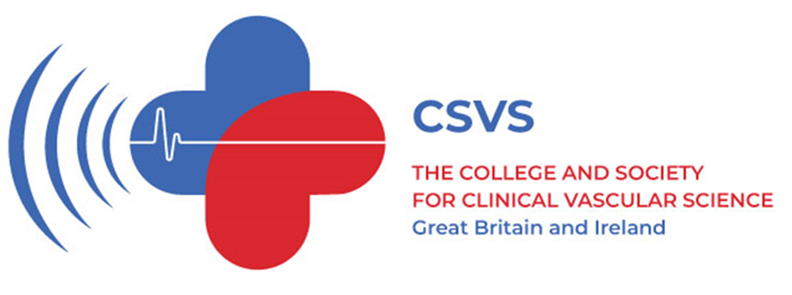Articles
Validation of the Clinical Frailty Scale in vascular surgery: a protocol
Introduction As life expectancy increases, so does the prevalence of older patients and age-related health conditions. Frailty is one such condition which has become increasingly recognised as a clinical syndrome, distinct from chronological age, disability and comorbidity.1–3 A complex, dynamic and multifactorial syndrome, frailty may be theoretically defined as ‘a state of increased vulnerability, resulting…
Read MoreMentorship: an overview
Introduction This is the first in a series of editorials on mentorship in which we will define mentorship, provide evidence for its impact and benefit, and detail why now is the right time to embed it in our specialty and how we plan to do this with a detailed overview of the structure, objectives and…
Read MoreFirst reported case of successfully deploying the GORE Thoracic Branch Endoprosthesis under local anaesthesia
Abstract Thoracic endovascular aneurysm repair (TEVAR) is an effective treatment option for thoracic aortic penetrating atherosclerotic ulcers (PAU) in both elective and emergency situations. The benefits of TEVAR over open surgery include reduced morbidity, length of hospital stay and short-term mortality. The GORE Thoracic Branch Endoprosthesis (TBE) increases the breadth of pathology that can be…
Read MoreAn audit of Global Vascular Guidelines implementation at two large teaching hospitals in differing healthcare settings
Introduction Chronic limb-threatening ischaemia (CLTI) is the most severe form of peripheral arterial disease, associated with high rates of morbidity, mortality, and limb loss.1 CLTI creates significant costs to healthcare systems across the globe. Between 2020 and 2021 alone, the financial burden of non-elective amputations cost the National Health Service (NHS) over £115 million.2 Therefore,…
Read More










